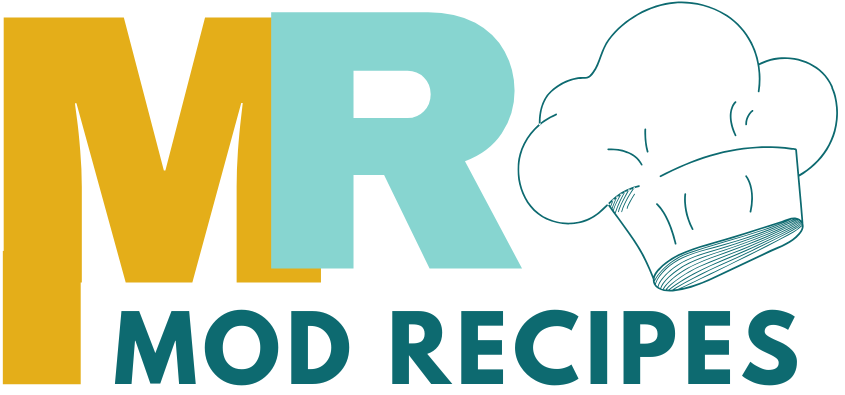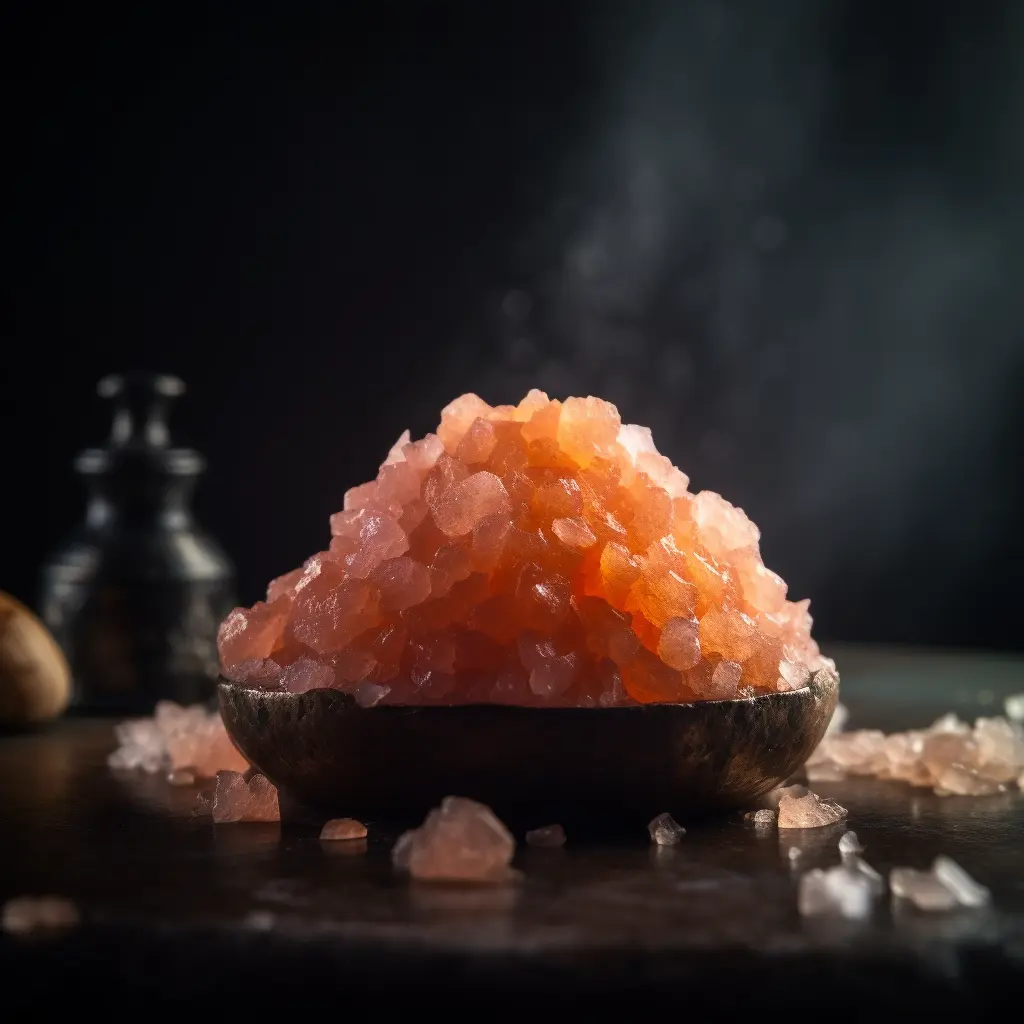Himalayan pink salt has exploded in popularity as a “natural” alternative to regular table salt, but is it as healthy as it seems? From trace minerals to trace metals, this blush-colored seasoning sparks debate. While it may contain more nutrients than refined salt, it also carries risks especially for people with high blood pressure or kidney issues. In this article, we’ll dive into the real side effects of Himalayan pink salt, how it compares to other salts, and who should avoid it entirely. If you’re sprinkling it daily, you’ll want to know the full story. Let’s dig into the facts and my kitchen.
Table of contents
Himalayan Pink Salt Side Effects: What You Should Know Before Sprinkling
From Southern Kitchens to Mineral Myths
I still remember the first time I saw Himalayan pink salt. It was in a mason jar at the Asheville farmers market, sitting right between homemade ferments and goat milk soap. The vendor called it “miracle salt.” I was curious how could a salt be miraculous? Raised on plain table salt back in rural Virginia, I was taught to use just enough to make beans and greens taste right. But when I added that soft-pink salt to a pot of stone-ground grits, the flavor bloomed. It was earthy, deep and yes, different.
But over time, friends and students started asking if it was really better. That got me digging. And here’s the thing: just because something’s from a mountain doesn’t mean it’s 100% safe. The keyword “Himalayan pink salt side effects” isn’t just clickbait it points to real health considerations. As it turns out, this salt can contain heavy metals like lead, especially if sourced from unregulated suppliers. And for folks with hypertension, even “natural” salt can push those numbers up.
Himalayan salt is often unrefined, sure—but that doesn’t mean it’s automatically good for you. Before we go all-in on this pretty pink rock, let’s take a serious look at what might be hiding in those crystals. While many websites rave about its 84 trace minerals, the risks are rarely discussed. At ModRecipes’ Wellness section, we believe in balance: the flavor you love, with the facts you need.
Why “Natural” Doesn’t Always Mean “Safe”
Many people assume that “natural” equals safe and healthy. But in truth, natural products can still contain contaminants. In the case of Himalayan pink salt, some studies found lead levels exceeding health safety limits, depending on the mine source. While most people only use a pinch or two daily, cumulative exposure matters—especially for pregnant women or children. The FDA doesn’t regulate pink salt imports as stringently as you’d expect.
And there’s more: people with chronic kidney disease (CKD) or sodium-sensitive hypertension shouldn’t treat Himalayan salt like a health food. It’s still salt. It still raises sodium levels. And too much can still spike blood pressure.
At ModRecipes’ Ingredient Deep Dive, we’ve explored other “natural health trends” that turned out more complicated than expected. Himalayan pink salt might be pretty, but before we crown it queen of salts, let’s look closer at its makeup—and the side effects worth noting.
Understanding Himalayan Pink Salt Side Effects
Heavy Metals in Your Salt Shaker?
Let’s talk about the pink elephant in the room: lead. Yep—trace amounts of this heavy metal have been found in certain samples of Himalayan pink salt, especially the darker pink varieties. A 2020 study conducted in Australia revealed that some imported pink salts had over 2 mg/kg of lead, exceeding food safety standards. This doesn’t mean every grain is toxic, but it does mean where your salt comes from matters.
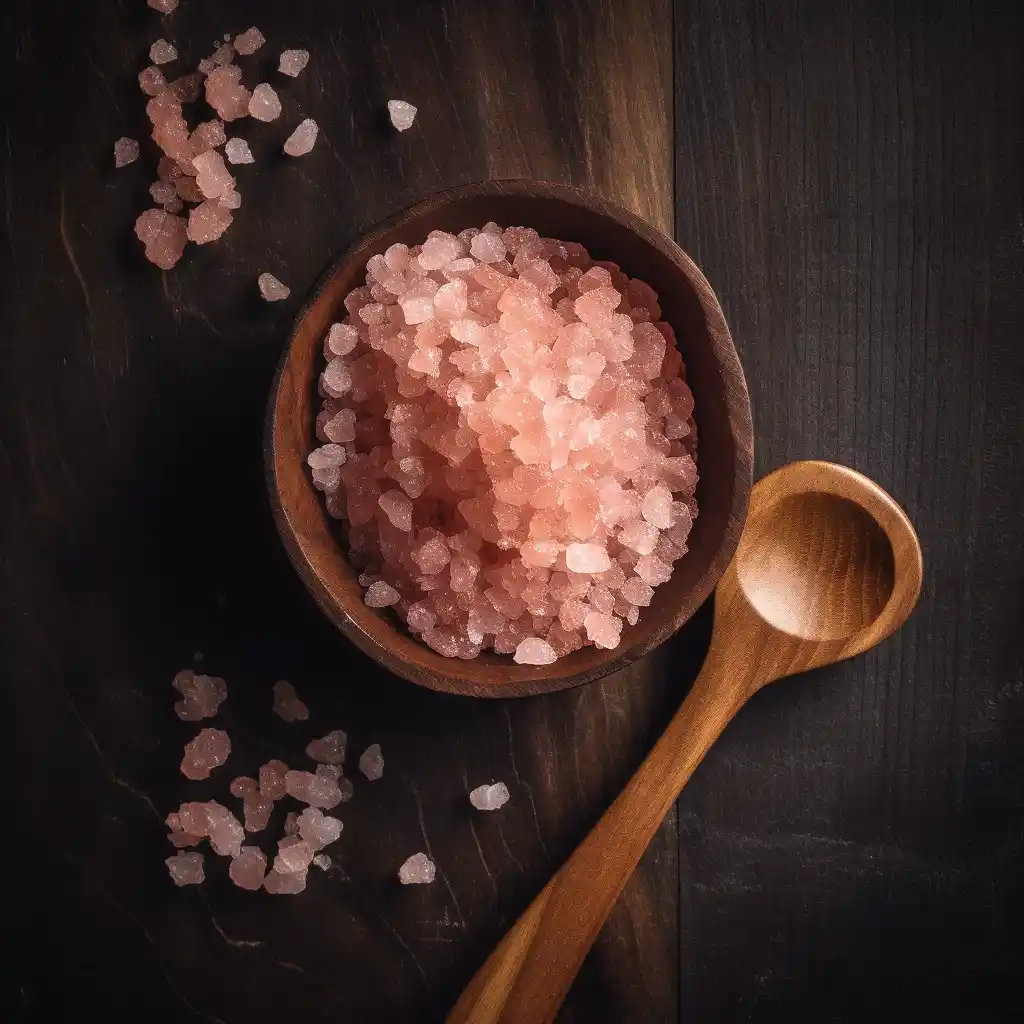
Lead exposure over time can affect the nervous system, cognitive development, and kidney health. While most healthy adults process small amounts without much trouble, anyone pregnant, breastfeeding, or dealing with chronic illness should think twice.
That’s why it’s critical to source your salt from reputable suppliers who test for contamination. Brands that offer batch-level mineral analysis (check labels or websites) are your best bet. Avoid cheap, bulk pink salts sold online without clear sourcing info they’re the likeliest to contain elevated metals.
If you’re interested in other natural ingredients with similar risks, our guide to safely choosing superfoods breaks it down ingredient by ingredient.
Is the Sodium Content Still a Risk?
Yes. Let’s clear this up: Himalayan pink salt is still salt. It’s about 98% sodium chloride. While it’s less processed than table salt—and lacks added anti-caking agents or bleaching—it still contributes to your daily sodium load. For those managing high blood pressure, heart disease, or kidney function, the recommendation is simple: limit salt, no matter the source.
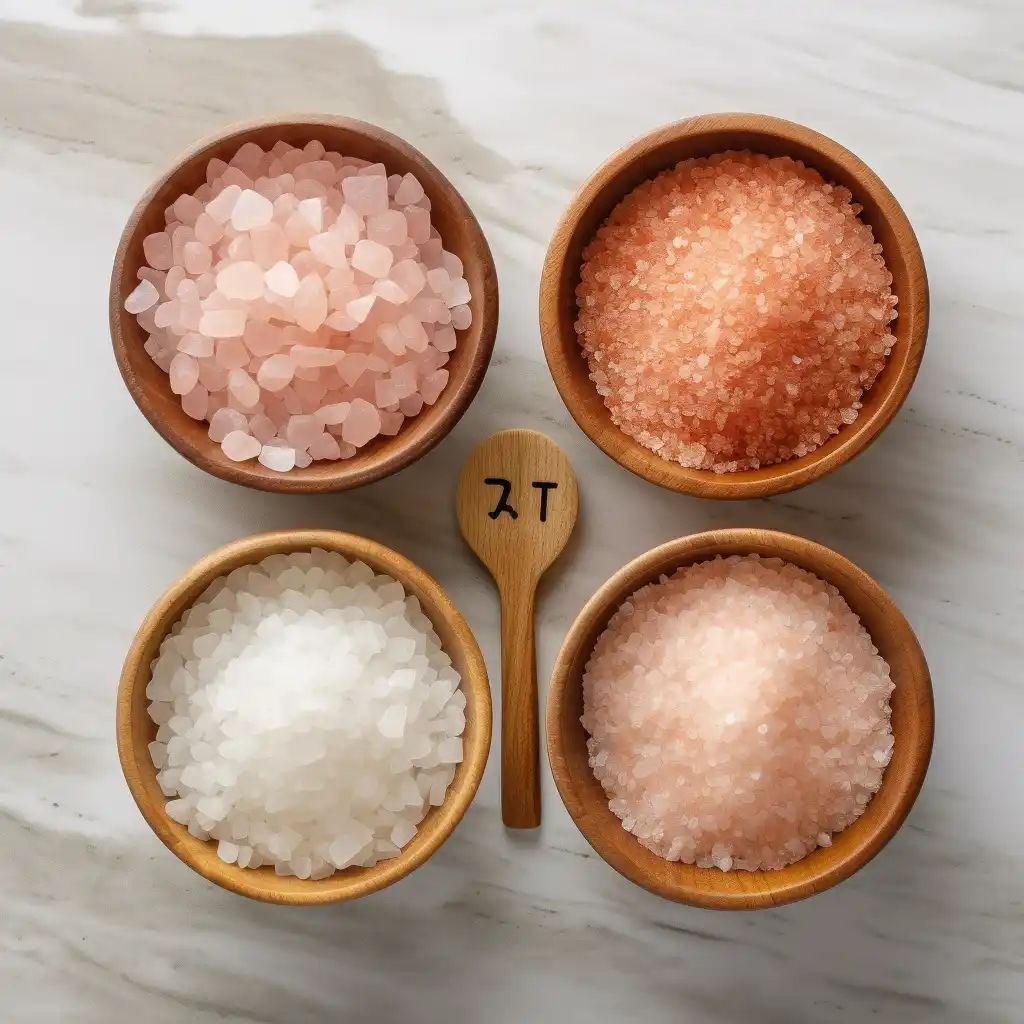
Here’s a quick comparison:
| Salt Type | Sodium (per tsp) | Other Notes |
|---|---|---|
| Table Salt | 2,300 mg | Iodized, refined, may contain additives |
| Sea Salt | 2,000–2,300 mg | Unrefined, may contain ocean pollutants |
| Himalayan Pink Salt | 1,680–2,300 mg | Unrefined, contains trace minerals—and possibly lead |
So while it’s slightly less sodium-dense, don’t get lulled into overusing it. That faint pink hue doesn’t mean your arteries are any safer. If you’re looking for real heart-friendly choices, check out our low-sodium cooking swaps for full-flavor ideas.
Who Should Avoid Himalayan Salt and Why
High Blood Pressure, Kidney Conditions & Salt Sensitivity
If you’ve got high blood pressure, salt should already be on your radar but Himalayan pink salt is not an exception. Despite its “natural” image, it’s still sodium chloride, and that’s the part that raises blood pressure. For people managing hypertension, the American Heart Association recommends no more than 1,500 mg of sodium a day. That’s less than a teaspoon of any salt pink, white, or black.
Likewise, if you’re dealing with chronic kidney disease (CKD), excess sodium can increase fluid retention and stress your kidneys. Himalayan salt may look “clean,” but its mineral content doesn’t offset its sodium load. Doctors often advise kidney patients to limit all salt intake, regardless of the source.
For anyone with salt sensitivity which includes many African American individuals, older adults, and those with metabolic syndrome the effect of sodium on blood pressure can be especially strong. Even if pink salt contains trace minerals like magnesium or potassium, the amounts are too small to neutralize sodium’s impact.
If you want better control over your salt intake, I recommend experimenting with mineral-rich flavorings like nutritional yeast, citrus zest, or homemade salt-free spice blends. These can brighten dishes without the added risk.
Can Bodybuilders Benefit or Overdo It?
This might surprise you, but pink Himalayan salt is a trend in bodybuilding circles. Some athletes use it for sodium loading before workouts or to support electrolyte balance during carb depletion. The reasoning? Sodium helps with nutrient transport and muscle contractions and pink salt brings a little extra potassium, calcium, and magnesium to the table.

But here’s the rub: too much salt can backfire. Overconsumption can lead to bloating, dehydration, and even increased blood pressure, especially if hydration isn’t properly managed. And not all pink salts have the same mineral balance—one brand might offer trace iron, another might come with a side of lead.
If you’re an athlete considering Himalayan salt supplementation, consult a registered dietitian or sports nutritionist. Better yet, look into balanced electrolyte blends formulated for physical activity. These are often safer and more precise than just tossing more salt into your pre-workout oats.
For smarter pre-workout fueling, check out our pre-exercise nutrition guide for ideas that go beyond the shaker.
Safer Ways to Season: What Salt Is Healthiest?
Pink Himalayan vs Sea Salt vs Table Salt
When people ask what the healthiest salt is, they’re usually hoping for a miracle mineral. But here’s the truth: there is no perfect salt just smarter choices based on your body, your needs, and how much you use.
Let’s break down your top contenders:
- Table Salt: Refined, bleached, and often stripped of trace minerals. It usually contains added iodine (important for thyroid health), plus anti-caking agents. Best used in moderation especially if you already get iodine from other sources like eggs or dairy.
- Sea Salt: Comes from evaporated seawater and retains some natural minerals, but it’s also more likely to be contaminated by microplastics, especially if not tested. Flavor varies by region, and it’s still mostly sodium chloride.
- Himalayan Pink Salt: Mined from ancient sea beds in Pakistan, free of plastic, and contains over 80 trace minerals but also carries risk of heavy metals like lead if sourced poorly.
If you’re choosing based on purity and trace nutrients, a high-quality Himalayan or Celtic sea salt wins but only if sourced from a trusted brand. Look for third-party testing or certifications for heavy metals. At ModRecipes Ingredient Picks, we’ve reviewed pantry staples that go the extra mile with transparency.
Here’s how a few popular salts stack up:
| Salt Type | Pros | Cons |
|---|---|---|
| Table Salt | Iodized; consistent flavor | Highly processed; additives |
| Sea Salt | Mild minerals; natural | Risk of microplastic; unregulated |
| Himalayan Pink Salt | Trace minerals; no added chemicals | Potential lead content if untested |
Choosing Quality: Sourcing, Brands & Moderation
Don’t obsess over minerals. You’ll get far more magnesium from a handful of almonds than from a pinch of pink salt. The key is to use salt as a flavor enhancer not a supplement.
Here’s what matters more:
- Reputable brand: Look for salt sold by companies that test for contaminants.
- Small quantities: Salt should season, not dominate.
- Diet diversity: Get your minerals from whole foods, not just seasoning.
Need flavor without the risk? Try herb-infused vinegars, citrus zest, garlic powders, or even DIY spice rubs that bring bold taste without the salt overload.
FAQs About Himalayan Pink Salt
Anyone with high blood pressure, chronic kidney disease, or salt sensitivity should avoid or severely limit Himalayan pink salt. It may contain beneficial minerals, but it’s still high in sodium—and excess sodium can worsen hypertension, increase fluid retention, and overburden the kidneys. Pregnant individuals and children should also be cautious due to the potential for lead contamination in untested sources.
The healthiest salt depends on your needs. If you require iodine, a clean iodized table salt is best. If you’re aiming for trace minerals and fewer additives, Himalayan pink salt or high-quality sea salt may be a good choice—as long as it’s tested for contaminants. Regardless, moderation is essential. All salts contribute to sodium intake.
No. While it contains trace minerals, Himalayan salt is still sodium chloride, and it can raise blood pressure like any other salt. People with high BP should follow doctor-recommended sodium limits—usually under 1,500 mg/day. If flavor is your concern, try salt-free Southern seasoning blends for bold taste without the pressure spike.
Some athletes use Himalayan salt pre-workout to help with sodium balance, hydration, and muscle contraction. It may support better muscle “pump” and nutrient delivery. However, this practice is only safe when paired with proper hydration and under a professional’s guidance. Overdoing it can lead to bloating, cramping, or even elevated blood pressure
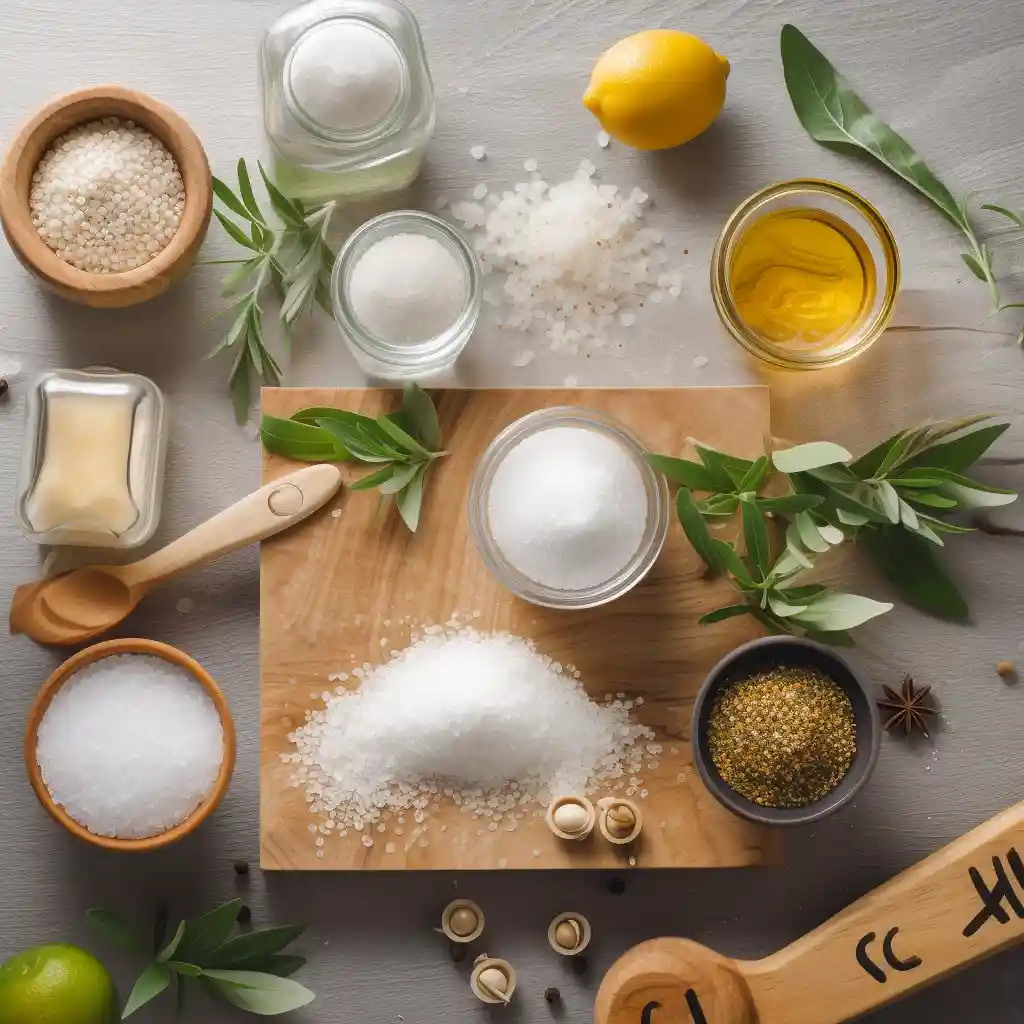
Conclusion:
Should You Use Himalayan Pink Salt or Skip It?
Himalayan pink salt isn’t a villain but it’s no health hero either. Yes, it’s pretty, and yes, it contains trace minerals but it also comes with risks: from lead contamination to excess sodium, depending on how much and where it comes from. If you love the flavor, use it like I do sparingly, mindfully, and from trusted brands. For those with blood pressure concerns or kidney issues, it’s best to stick to low-sodium flavor alternatives.
At the end of the day, it’s not just what’s in your salt it’s how much is on your plate. Balance, as always, is the best recipe.
If you have any questions or would like to share your thoughts about Himalayan pink salt and its potential side effects, please feel free to contact us using the form below. We value your feedback and aim to provide clear, evidence-based information to support your culinary and wellness choices.
